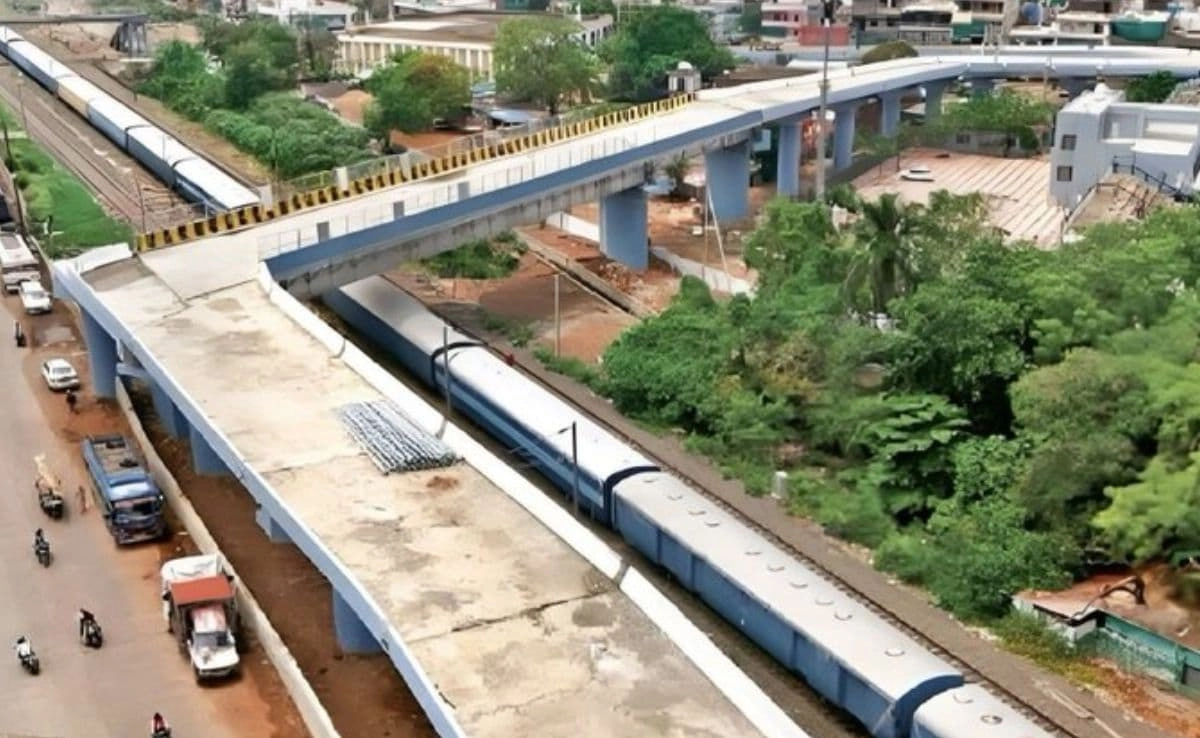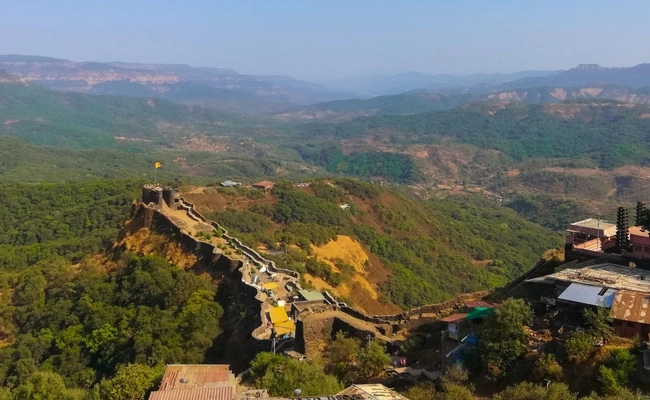In a significant development regarding the controversial design of the Bhopal bridge, seven engineers have been suspended following public outcry and safety concerns. The bridge, known for its peculiar 90-degree turn, has drawn criticism from various quarters, with many questioning its structural integrity and the rationale behind such an unusual design. The decision to suspend the engineers was announced by the local authorities, who emphasized the need for accountability in ensuring the safety of public infrastructure.
The bridge, which connects key areas of the city, has been a focal point for discussions about urban planning and engineering standards. Critics have pointed out that the abrupt turn not only poses potential risks for vehicles but also raises concerns about pedestrian safety. The suspension of the engineers is seen as a move to address these issues seriously and to signal that the government prioritizes the safety and well-being of its citizens. As investigations proceed, there is a growing demand for transparency regarding the decision-making process that led to the bridge’s design.
Moreover, this incident highlights a broader concern about infrastructure projects in India, where rapid urbanization often outpaces regulatory frameworks and engineering best practices. The public’s reaction to the Bhopal bridge serves as a reminder of the importance of community engagement in planning processes. Local residents and activists are now calling for a thorough review of other infrastructure projects in the region to prevent similar oversights in the future. The suspension of the engineers could pave the way for a more rigorous examination of engineering standards and practices, ensuring that public safety remains at the forefront of urban development initiatives.
As the authorities investigate the circumstances surrounding the bridge’s design, there is an opportunity to reassess the engineering protocols in place. The incident serves as a cautionary tale for engineers and planners alike, prompting a reevaluation of how public infrastructure is designed and executed. Moving forward, it is crucial for the government to foster a culture of accountability and transparency, ensuring that such mistakes are not repeated and that the public can trust in the safety of the structures that serve their communities.




